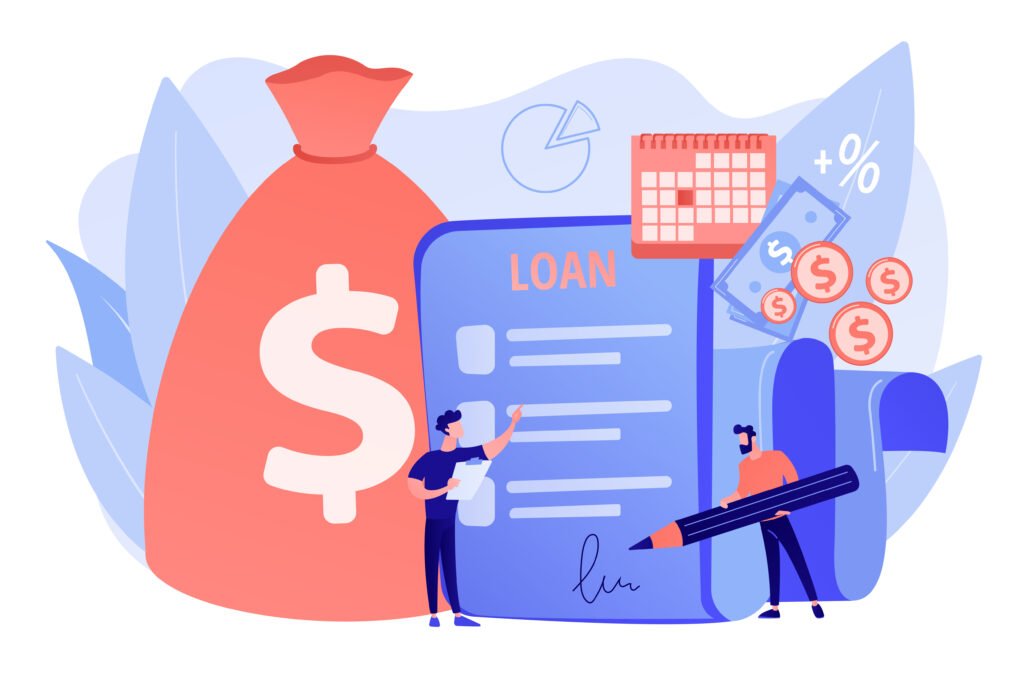The term ‘secured’ is not always favorable for you, especially when it comes to a loan. So, whether it’s a long-standing dream of having a gym or a home theatre in your home or simply going on that holiday with your fiancée, a personal loan often comes in handy. The key is to know the differentiation between secured and unsecured loans before applying for a personal loan online.
In short, secured loans require borrowers to secure their loans with collateral, while unsecured loans do not. This key difference significantly impacts your borrowing limit, repayment terms, interest rates, etc. As both secured and unsecured loans have their pros and cons, it’s always better that you know the difference between them.
Check out both loan types with notable examples to help you make an informed decision.
What are Secured Loans?
The borrowers protect secured loans with an asset. Usually, the item they purchase with the loan, such as a car or home, is used as collateral. The lender holds the title or deed until the borrower repays the loan. Sometimes, a borrower may also secure a loan with an asset they already own, such as bonds, stocks, equities, or property.
Secured loans are the best ways to borrow ample loan amounts, depending on the collateral’s value. If the borrower fails to repay the loan, the lender seizes that property and sells it to get their money back. So, a secured loan has a risk factor attached to it. When a borrower puts an asset on the line, it becomes essential to ensure they do their best to repay the loan. The most significant benefits of secured loans include their low-interest rates, high borrowing limits, and extended repayment terms.
Some examples of secured loans include a loan against property, a home loan, a gold loan, a loan against electronic payment, etc.
And, what are Unsecured Loans?
Unsecured loans are collateral-free loans that a borrower may avail of without pledging any collateral, security, or guarantor. Since lenders take a higher risk by lending these loans, they often come at a higher interest rate. That is why most lenders do not lend these loans to applicants with low credit scores.
The credit score is the most significant parameter to determine an applicant’s creditworthiness. A high credit score indicates the borrower’s consistent repayment history and responsible credit behaviour, projecting them as a low-risk option for the lenders. Lenders offering an unsecured personal loan check the applicant’s financial resources to determine their repayment capacity and decide their loan amount and interest rate accordingly.
Some examples of unsecured loans include wedding loans, small business loans, medical emergency loans, home renovation loans, higher education loans, debt consolidation loans, travel loans, etc.
Hence, points of difference between the two loan types are:
- Collateral Requirement: This is the primary difference between a secured and an unsecured loan.
- Interest Rate: Secured loans have a lower interest rate than unsecured loans because the lender has the borrower’s assets to recoup their money.
- Availability: Due to the risk factor, secured loans are easier to avail of than unsecured ones, though several lenders make them readily available when borrowers apply for personal loans online.
- Repayment Terms: Secured loans usually have longer repayment terms than unsecured loans due to less risk for the lender.
Now that you have learned about secured and unsecured loans, you can better get an unsecured personal loan for your needs. Of course, you can take a secured loan if you want it for a longer tenure and have ample time to complete the formalities and verification.
